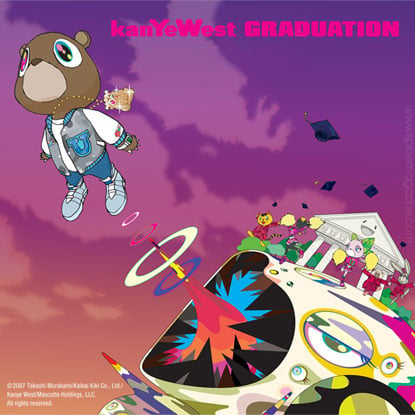NatP4 wrote:You’ve lost me here, Doc. I’m not comparing the G league to overseas, I’m simply comparing the G-league to the NCAA and once again, offering zero commentary on whether or not it’s a good selection from a developmental perspective. That is a decision that is unique to each individual player. I am talking about level of competition.
I don’t see your argument other than a few bad examples of players that already played 4 years of college basketball (McClung/Huff) and then entered the draft (which once again, is not the subject of discussion).
You can throw out variables like intensity levels/disjointed ness and whatever else, and I can talk about how Gradey Dick literally played against Omaha, Southern Utah, and Howard, featuring zero future professional basketball players from those 3 rosters combined. He also played on a Kansas roster that featured 8 other top 100 ranked high school players.
I really don’t know what you’re on about in your last paragraph. Significantly less top high school prospects go to the G league vs NCAA, obviously this yields less starters/stars.
Wait, your contention is Gradey Dick had weak competition? FWIW Kansas had the strongest Strength of Schedule in the nation.
https://kenpom.com/index.php?s=RankSOSYou could not have picked a worse example if your argument is that Gradey Dick's numbers are inflated by weak opposition.
I do look at how players perform against their toughest opposition. Which is one reason I knocked Gradey down a rung or two, because his numbers did falter somewhat against the stronger teams. But the power conferences commonly play against those surefire NBA starters. Those schools carry the blue chip talents that scouts have ID'ed since middle school. The day one starters and HOF talents most often go to these schools. That is the best showcase for their talents.
My point is that I suspect this will strengthen now that the money is there for players to stay in school, or switch to a higher profile team. This will temporarily tend to drain the rosters of the G-League, where unseasoned players go to refine their game if they left school early and need seasoning.
But either way, the players in school will be competing against those acknowledged top NBA talents, the guys who will swiftly play in the NBA. Game-ready players, instant rotation guys, and probable stars. By definition G-League players are not regular NBA rotation players. They either are not good enough to play real minutes in the NBA -- yet, or they never will be. They are on teams that do not stay together for 4 years, the average length of a G-League career is 3 years, most often not with the same team. There is no way for the 'seniors' on a G-League team to instill a culture. They tend not to play within a team concept, especially on Defense.
(The exceptions to this are rare. The Long Island Nets had a number of players who played better this year than their prior stints. I'd love to look at Ronnie Burrell in any coaching search. Coby Karl likewise did well with the Delaware Blue Coats, which makes sense since his dad came up through the old CBA before Isaiah Thomas bought it and ruined it).
The NCAA top conferences still have an edge over the G-League. Especially those teams that contend for Championship slots. The G-League has nothing that compares with that intensity. Average attendance for a G-League game is less than 3,000 fans. Kansas plays home games in front of nearly six times that number, road games in front of 4 times that amount on average. The pressure is higher, the accountability if you fall short is more severe, the crucible is hotter. Magnify that by a factor of 10 in March.
No the G-League is 'not even close' in terms of talent in the top teams and top conferences, and pressure, etc. Good talents have come through the Elite. But even that pool may be drained a bit in the next few years. The money is better in college right now.













